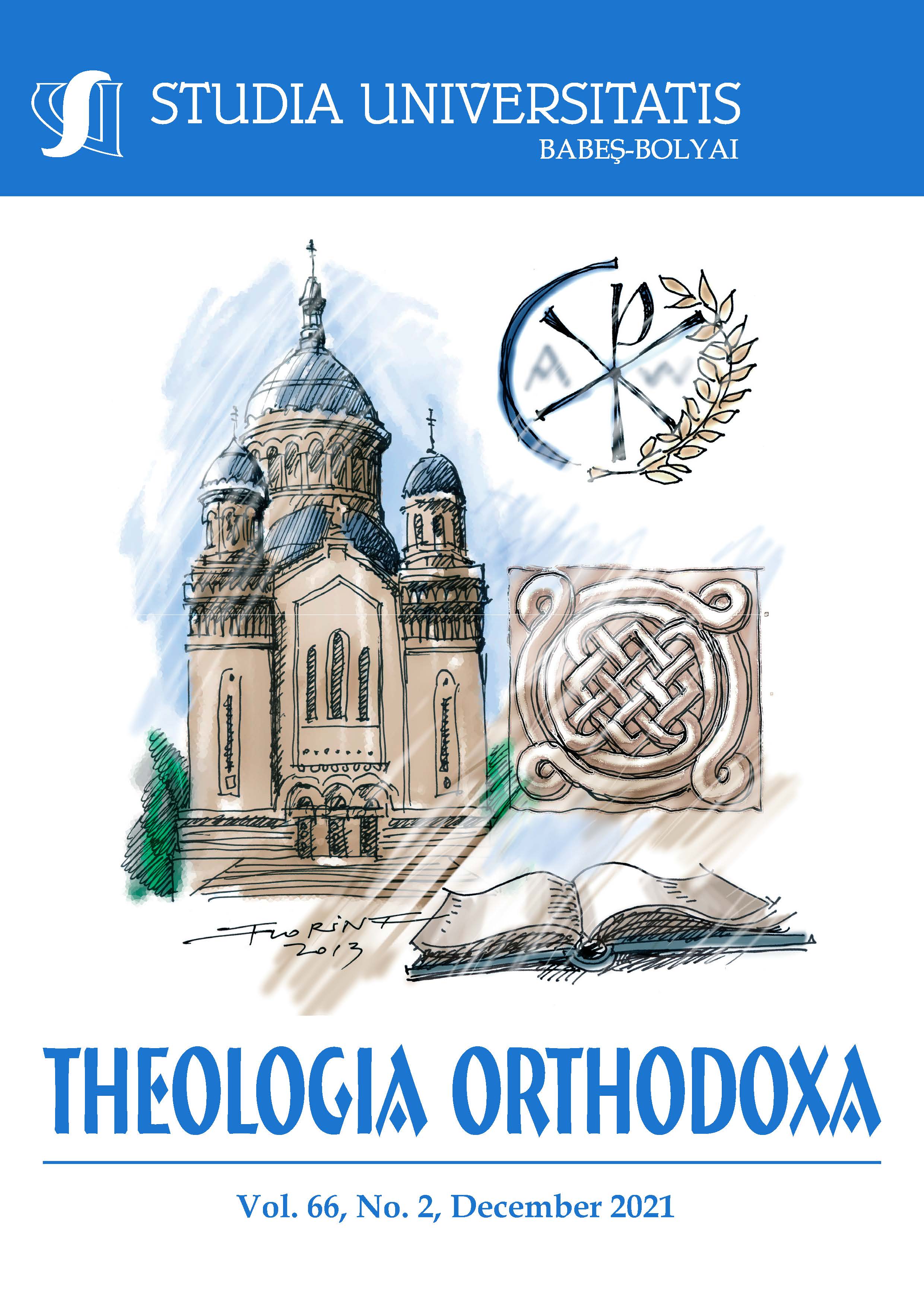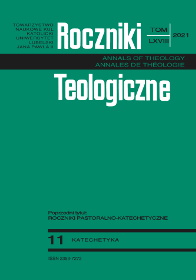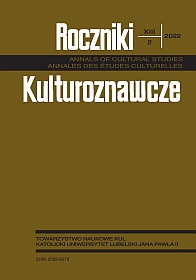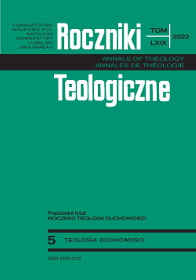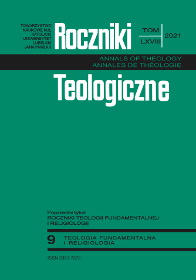
Rezurekcyjna wiarygodność Kościoła
The article addresses the issue of resurrection credibility of the Church. This was achieved in three steps. First, the resurrection identity of the Church was demonstrated as it is associated with its Genesis and determines the absolute uniqueness of the Ecclesia in history. Second, the Ecclesia was presented as the icon of the Risen Lord. The category of icon made it possible to emphasize the Church’s dual structure (visible and invisible, historical and mysterious) and show the Ecclesia as the Body of the Risen Lord. Finally, based on the previous considerations, those elements were underscored which could help one to discern the resurrection credibility of the Church. The qualities of the Church’s resurrection credibility are complex, they are both visible and mysterious; therefore the essential condition for discerning the resurrection credibility of the Ecclesia (analogically to knowing the Church herself) is the simultaneous involvement of both reason and faith.
More...
